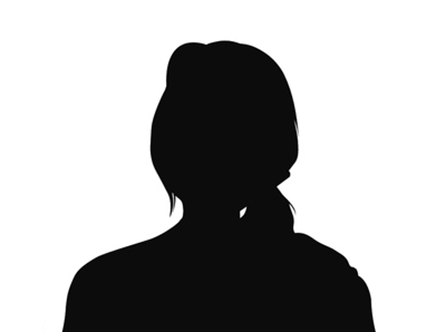Body brushing or dry skin brushing is more or less as you would expect: a thorough and firm (but not hard) brushing of the skin all over your body, prior to showering or a body treatment. Your therapist will use a clean dry brush with firm natural bristles and brush you with sweeping, sometimes circular, motions in the direction of your heart.
Different forms of skin brushing have been practised for thousands of years, in many different cultures. We have China to thank for the traditional loofah, made from the mature fibres of a vegetable called silk squash (luffa). Ancient Greeks and Romans used strigils – alarming-looking scraper objects – to remove dirt, sweat and oil before they bathed. And there is evidence to suggest ancient Egyptians, enlightened as they were in matters of skincare and beauty, were big fans of brushing and exfoliation, too.
Like most spa treatments, dry brushing utilises the undeniable power of touch to invigorate your senses, boost your circulation and stimulate the lymphatic system. It has an exfoliating effect, helping you to shed dead skin cells, and leave your skin looking smoother and brighter. It may also help relieve ingrown hair follicles.
Some people think that body brushing could help your body detoxify – perhaps following the same principles as lymphatic drainage massage. Some say it reduces the appearance of cellulite, if only temporarily. We know of models who swear by it.
As with most spa treatments, a bit of internet searching will yield even bigger claims in favour of a body brush. While it’s all too easy to overstate the benefits of any treatment, body brushing certainly can’t hurt - as long as you avoid damaged or sore skin. And it can be an excellent stress reliever, thanks to its immediate and total focus on you.
Often seen on spa menus as dry skin brushing, full body brushing is common at the beginning of body treatments, including cellulite treatments, wraps and massage. Dermalogica’s body treatments, for example, nearly always start with some kind of brushing or exfoliation – and they’re not the only brand to embrace this process. The idea is to get rid of dead skin and other impurities and increase your blood flow so you can benefit more deeply from the treatment that follows.
Your therapist will use a sterilised, firm bristle brush (often made from plant fibre such as cactus) and move it briskly in circular motions sweeping all over your body. The idea is to brush in the direction of your heart to boost circulation and encourage lymph flow.
It’s fine to say if you’d prefer a gentler or firmer touch; most therapists appreciate having the chance to get your treatment spot on.
Body brushing is a fairly quick thing, so you probably won’t see it listed as a standalone treatment.

Serene Spy
5th May 2015
Spy Likes:
Attentive friendly staff, personalised treatments, imaginative spa food menu and spas that look after their therapists’ wellbeing too.
Spy Dislikes:
Changing rooms and showers that aren't spotless, tatty towels and robes and having to get dressed for lunch.
